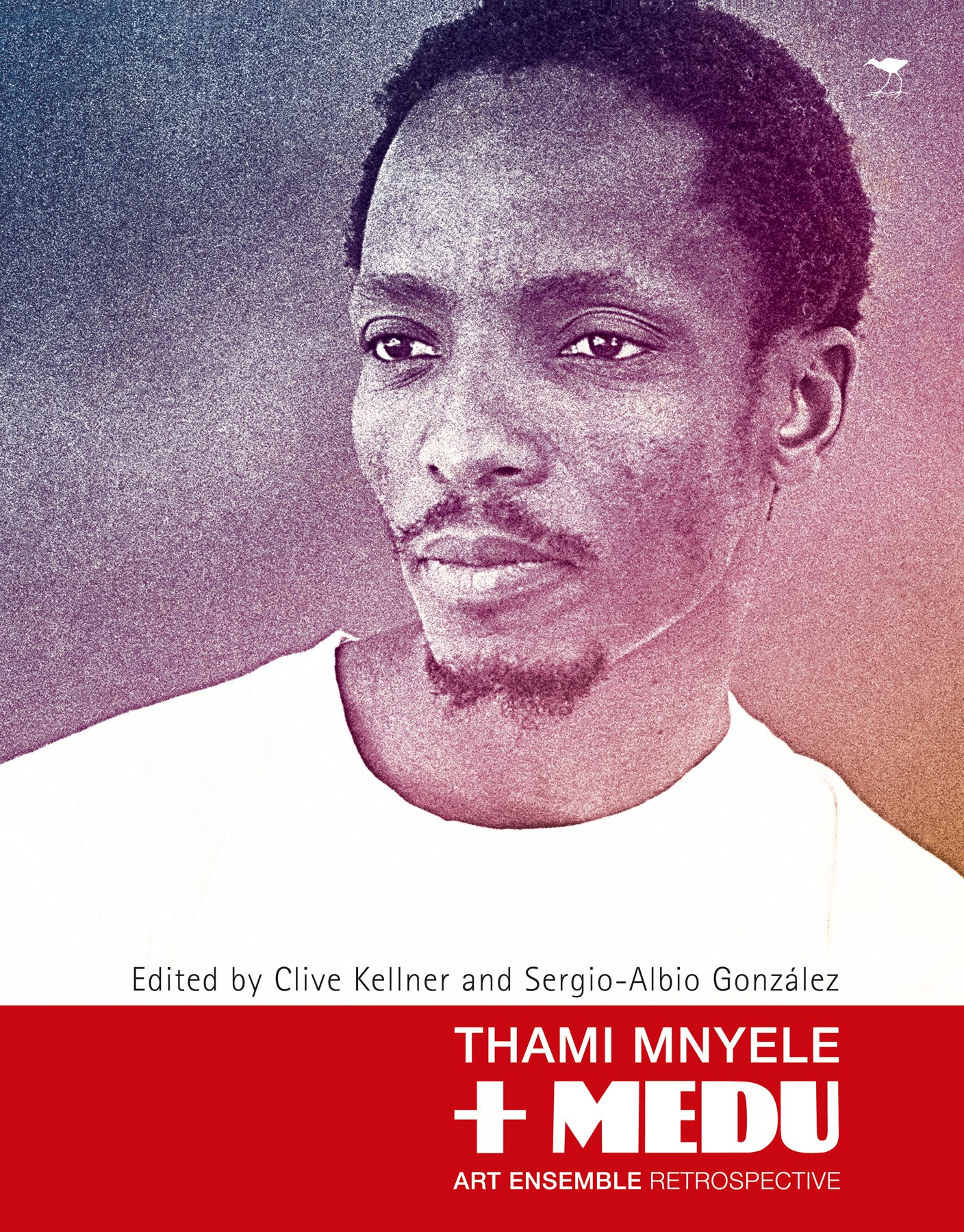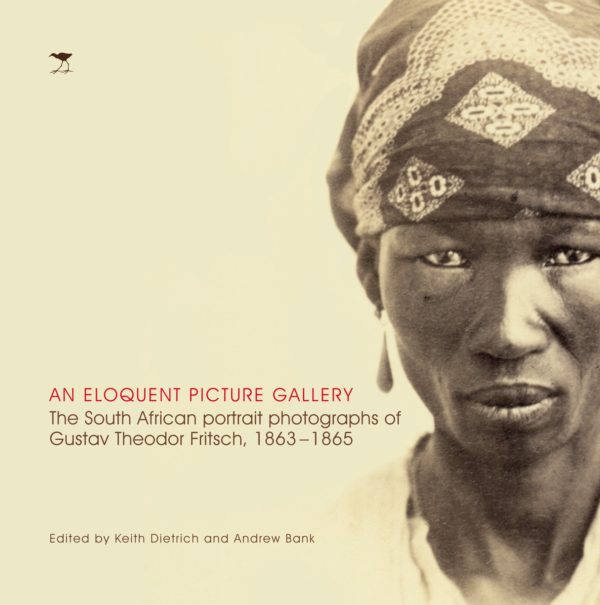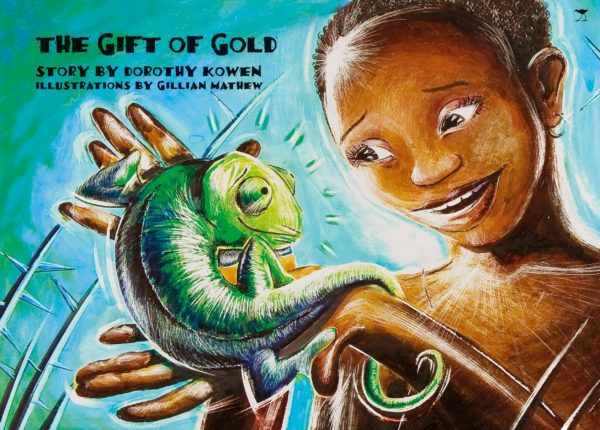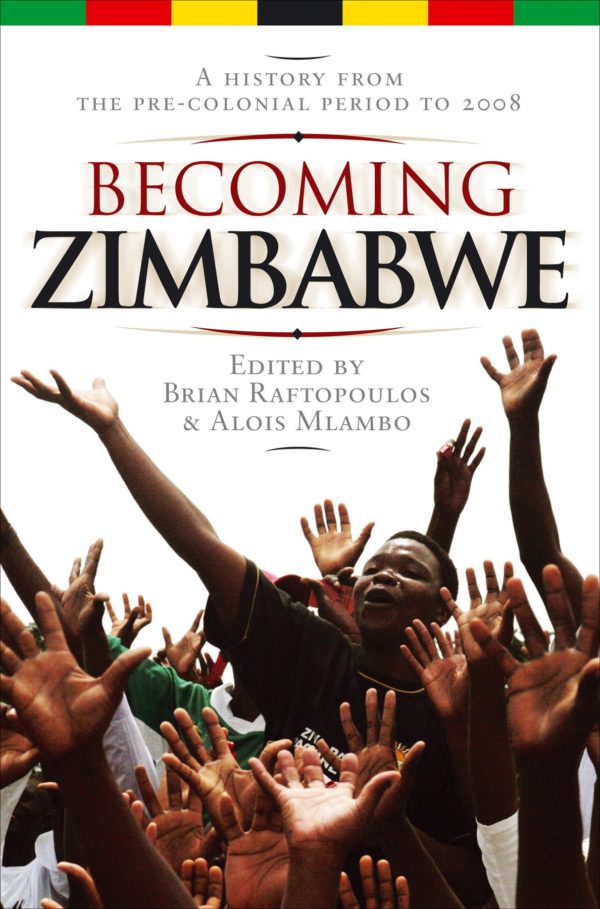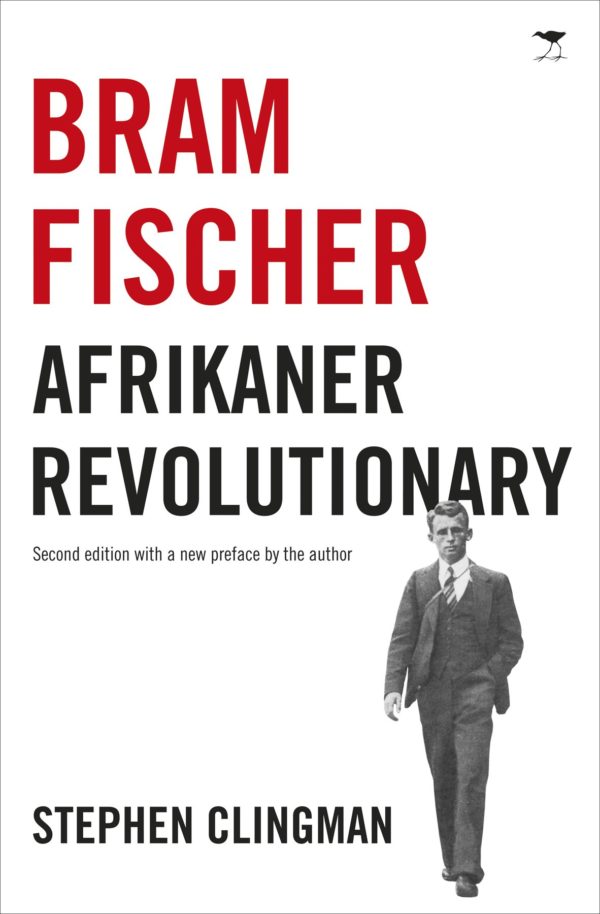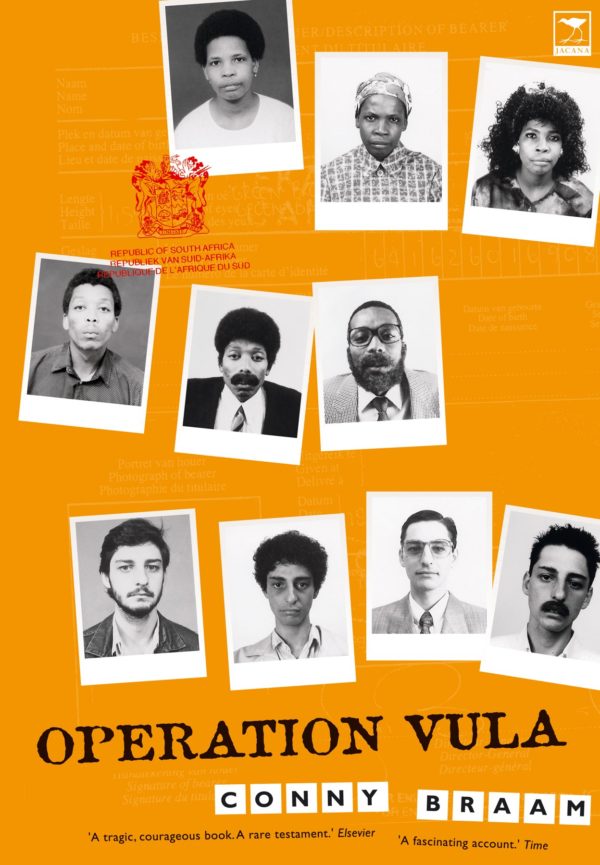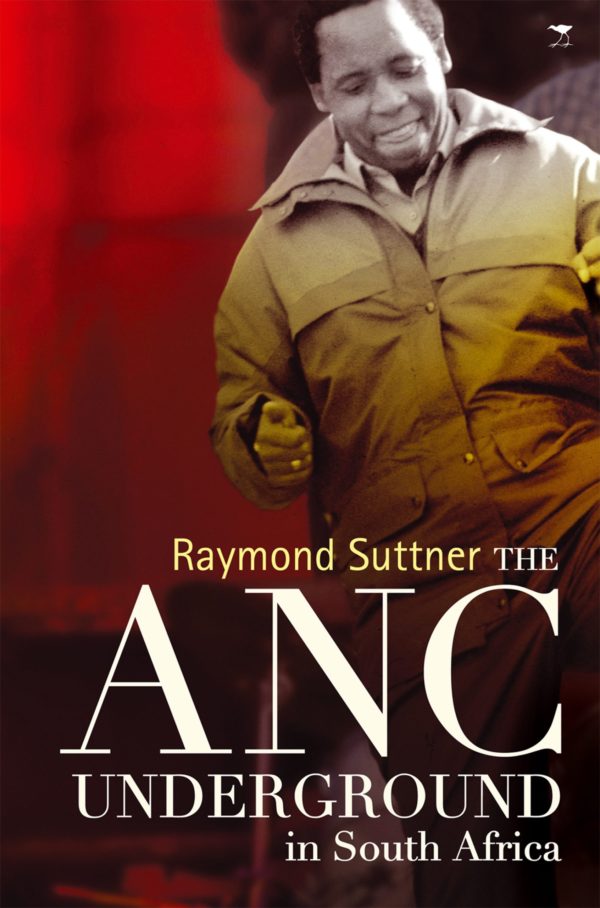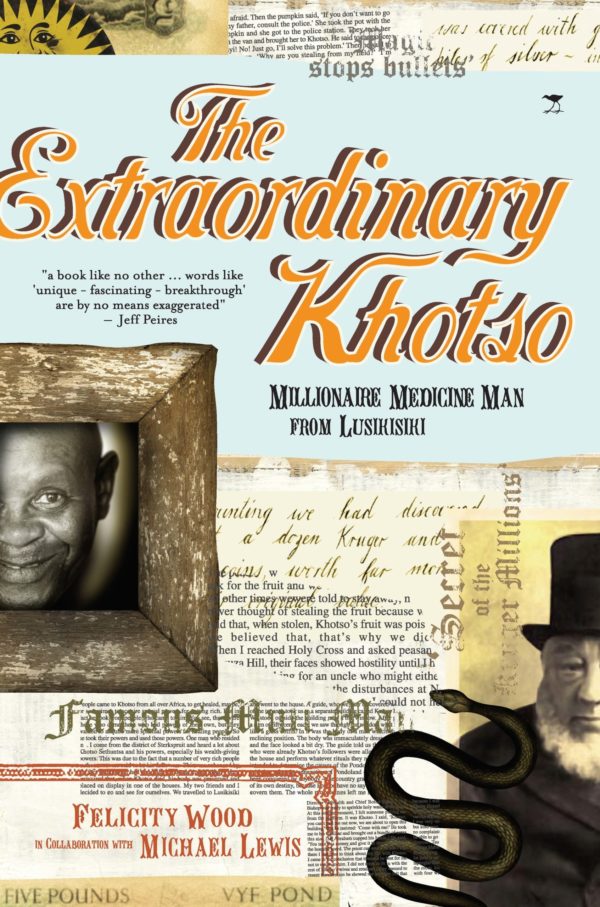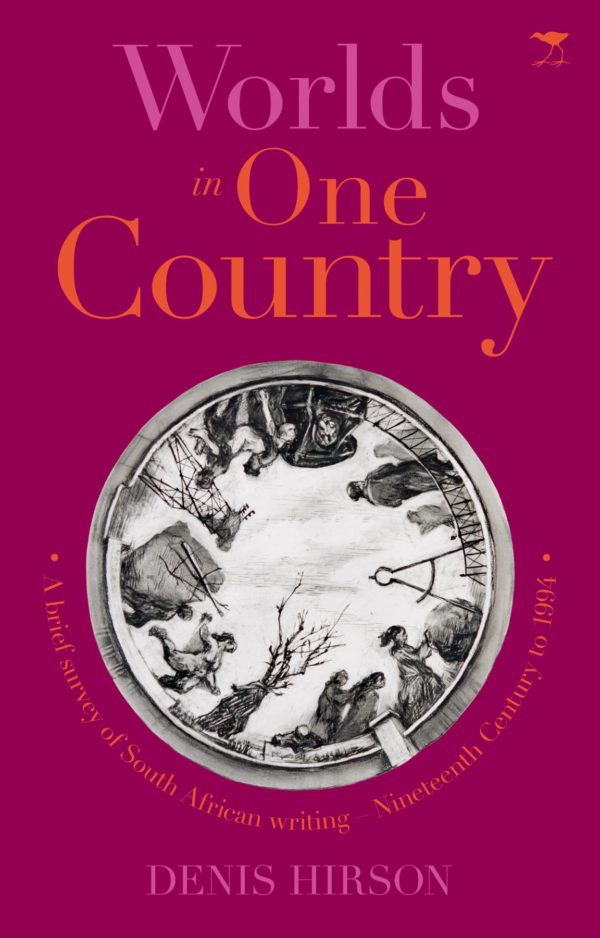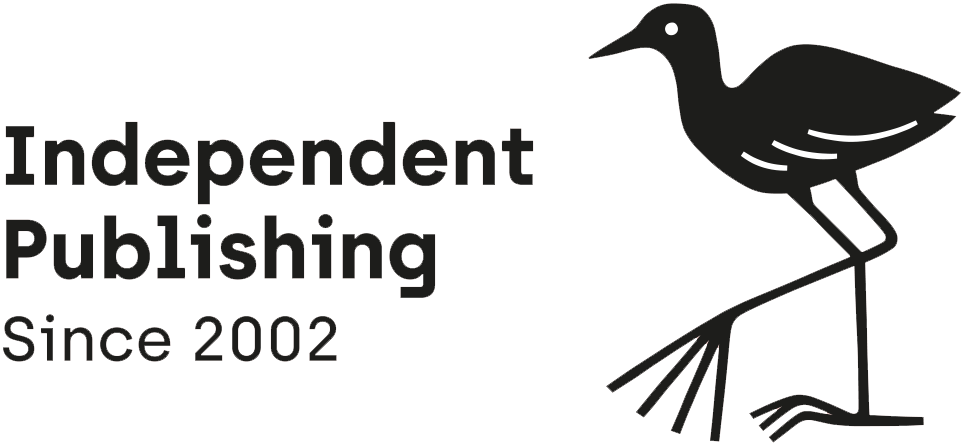Thami Mnyele & Medu: Art ensemble retrospective
R495.00
The Johannesburg Art Gallery opened the Thami Mnyele and Medu Art Ensemble exhibition in the last months of 2008 under the curatorship of the gallery’s Director, Clive Kellner. Jacana is proud to present Thami Mnyele & Medu Art Ensemble Retrospective, a book which brings together the myriad artworks exhibited and the stories of the original members of Medu who created them in a generously illustrated work. In the aftermath of the Soweto uprisings an association of exiled artists was formed in Botswana where its members felt safe to practice their craft out of reach of the apartheid government in a time when violent military action was the order of the day in South Africa. The group of artists, who preferred to call themselves ‘cultural workers’ due to the political framework of their creative skills, became known as Medu, the Sepedi word for ‘roots’. Within this informal community of political exiles the condemnation of apartheid through images and poetry was a common means of expression and Medu soon set up exhibitions, music, and theatre performances at the University of Botswana and the National Museum and Art Gallery of Botswana and ultimately performed as the cultural wing of the ANC. Medu was originally considered as a possible front for more overt, violent, means of resistance, with many of its members already actively involved in the operations of UmKhonto we Sizwe, the armed wing of the ANC. But founding members, Wally Serote and Keorapetse (Willie) Kgositsile, now South Africa’s poet laureate, introduced the group to the idea of art itself as a resistance front, an effective tool through which the perceptions of the people might be changed and one that was not easily countered by the militarized South African government. Rather than the clandestine activities preferred by MK, it was decided that the cultural resistance to apartheid would have to conduct its activities in the open in order to be effective. The ensemble consisted of five units – Publication and Research, Theatre (including music and dance), Graphic Arts and Design, Photography and Film. Soon, however, music became an active and effective branch of its own, with musicians such as Hugh Masekela swelling the Medu ranks. Although each of the units had its own specific field of activities, the products of the Medu artists were often an organic result of cross pollination and collaboration between the units. The aesthetic sensibilities of these ‘cultural workers’ were expertly turned to more intentionally political ends and their personal experiences, so subtly expressed in much of their work, were developed to greater effect in more overtly propagandistic creations. Thami Mnyele & Medu Art Ensemble Retrospective affords the reader an intimate portrayal of the creatively prolific years between the rise of Medu in 1977 until their violent end in Botswana at the hands of the South African Police in 1985.
Out of stock
| Weight | 0500 kg |
|---|---|
| Dimensions | 300 × 235 × 30 mm |
| Author | |
| Author Information |
Clive Kellner is the Director of the Johannesburg Art Gallery and the Curator of the Thami Mnyele & Medu Art Enseble Retrospective Exhibition, hosted by the Johannesburg Art Gallery from 30 November 2008 to 31 March 2009. |
| ISBN |
9781770096882 |
| Year of Publication | |
| Language | |
| Imprint | |
| Format |
Deliveries Within South Africa
Free shipping for all orders over R600.
R80.00 flat rate for all orders less than R600.
International Shipping
If you want your order shipped anywhere outside of South Africa, please email websiteorders@jacana.co.za with the list of titles and physical delivery address and contact number. Our team will be in touch to advise on the cost and when you could expect to receive it.
If you are ordering from a country outside of South Africa, please complete your purchase as directed. You will then be contacted by one of our admin team to arrange shipping and delivery to wherever needed.
December Holiday Season
Our last, full (24hr) trading day is 22 December 2020 and we’ll be back to work 6 January 2021. Any orders placed between 18 December 2020 and 5 January 2021 will only be despatched from the warehouse on our return.

